Firstly, I've always wondered how do engineers calculate the right parameters of components (caps, resistors, inductors, ...) in big projects, such as mobile motherboards and etc.
It feels rather complicated and very time consuming, let alone error sensitivity - one mistake and oops.
If it's all about several ICs – all the passive components around it – do they just follow reference sheets of these ICs?
Also, looking to the boards with SMDs, I usually see the components tremendously aligned. Obviously, it's all about space efficiency – let's look at iPhone XR motherboard.
If one zooms in the A12 chip, the long row of components (perhaps capacitors) might be found just above it:

And generally pretty much every component is aligned elegantly with the others, no unused space.
The question is:
How do they do that?
Is the board multilayered to make it possible?
If so, that's odd because no vias can be spotted in here.
Or what other kind of techniques are used to design such complicated boards?
Do they align the components by themselves or is it done by software?
For instance, designing a PCB in Eagle involves a manual component distribution, which is surely possible when the PCB is not complicated, but what about the other ones? I doubt they do it by hand...
Summing up the foregoing:
How to design a PCB this complicated?